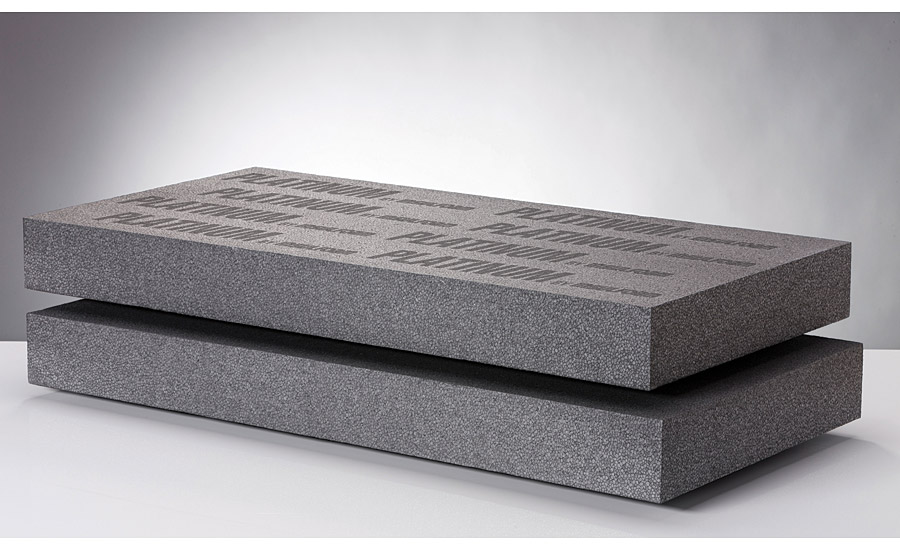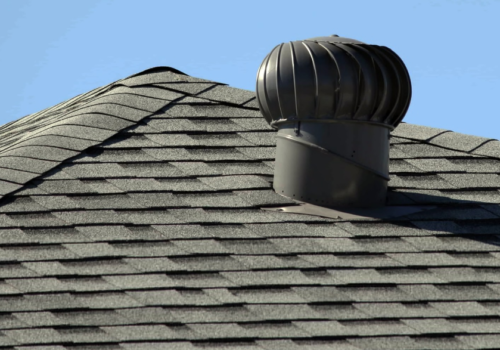What Is The Process of Ceramic Hardness Testing for Graphite EPS Insulation?
There are different hardness measurements, such as rebound hardness and indentation hardness. Every single measurement is based on proper scaling, but still, a little conversion is present in between the scales due to specific practical reasons. For testing the accurate ceramic hardness in graphite eps insulation, indentation testing is one of the most commonly used methods. It is a straight forward method, in which you will be penetrating the specific material with any indenter under a particular indentation load. Later on, you will measure the entire resulting indentation.
For determining the hardness, you can utilize different static indentation testing. Some of the most common static hardness testing methods are Rockwell, Vickers and Brinell. Knoop or Berkovich testing methods are also part of this category. The only similarity between all of these testing methods is that a natural force is applied over the indenter for determining the accurate resistance of any material to the penetration. In case if the material is hard in texture, the indentation result is too small or shallow. On the contrary, in case if the material is soft, the indentation result is too significant.
The hardness of ceramic is tested all through either the Vickers method or any Knoop method. In support of research purposes, Vickers or Knoop testing method plays an important role. On the other side, our recommendation would be to choose the Brinell or Rockwell testing method that is also suitable for ceramic research purposes.
Essential Points to Consider In Advanced Ceramic Hardness Testing
There are major points that you need to keep in mind when it comes to advanced hardness testing of ceramic of sloped insulation. The test load in every single hardness testing has to be added to the testing result. In Vickers or Knoop testing, low indentation loading is found. In such methods, measurement errors are generally significant that might take place because of the load independence of the hardness and because of the small sizing of indentation.
Generally, at the high loads, spalling or cracking becomes a significant issue. In some of the conditions, it becomes impossible for them to perform credible measurements. Sizing of the indentation can only affect when the hardness decreases when a load of indentation increases. This whole situation is often witnessed in the methods of Vickers or Knoop testing. Depending on the nature and texture of the ceramic, the hardness can reach the load level of around 5 N to a maximum of 100 N.
for related article click on link





